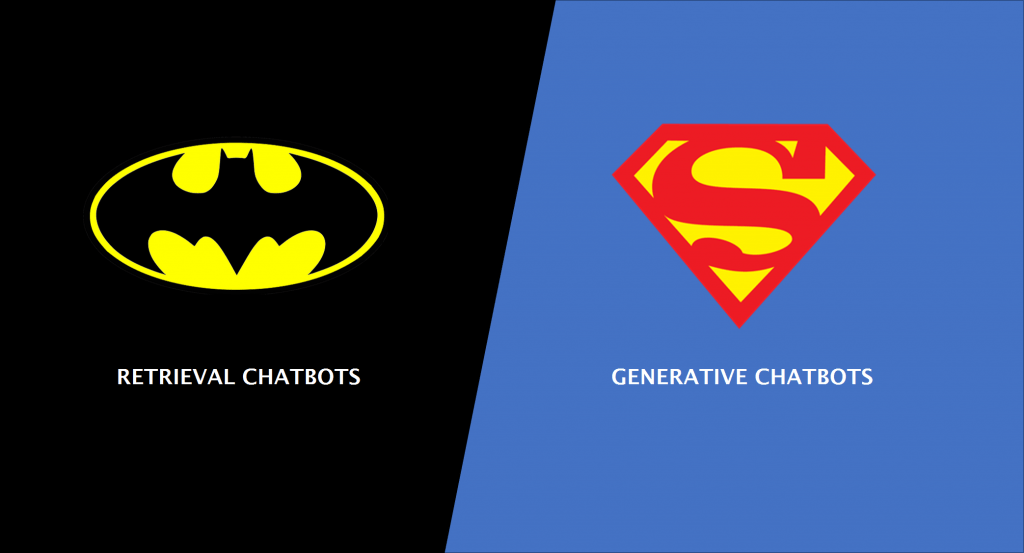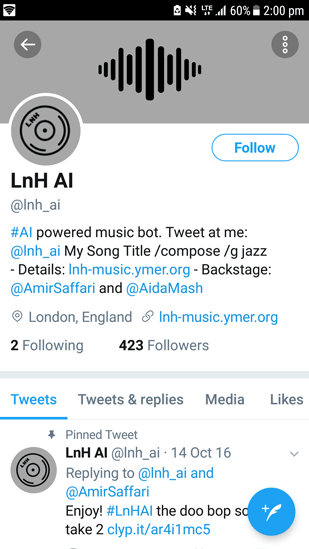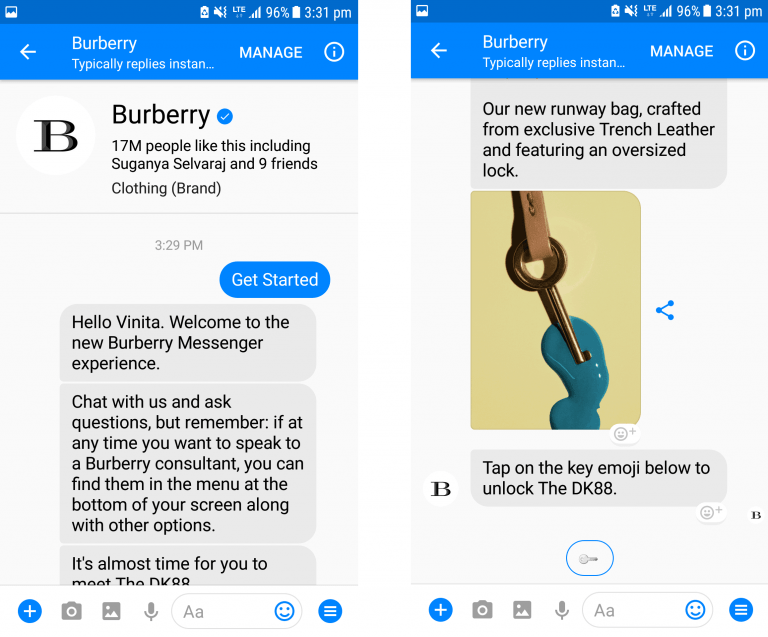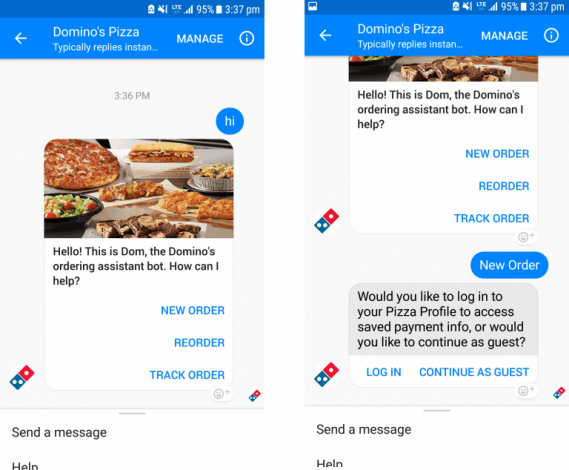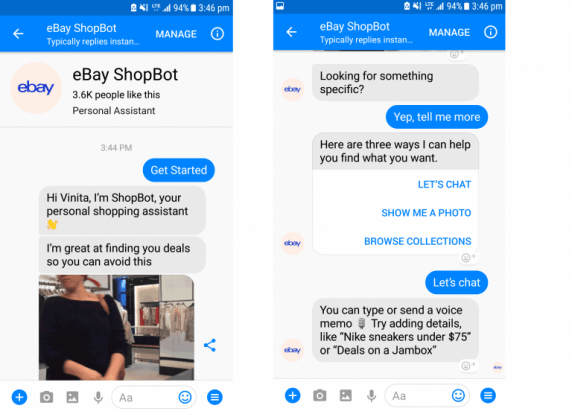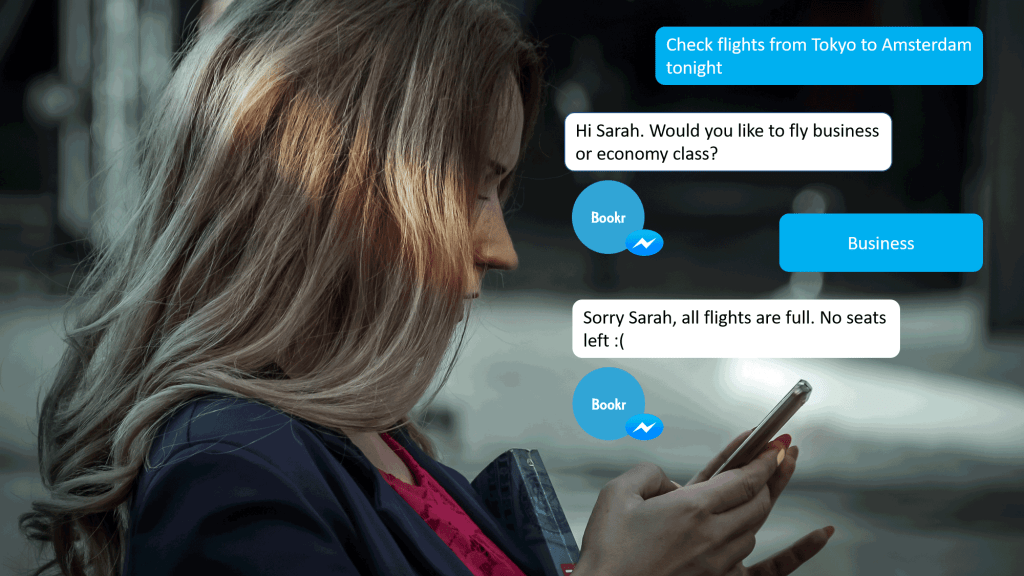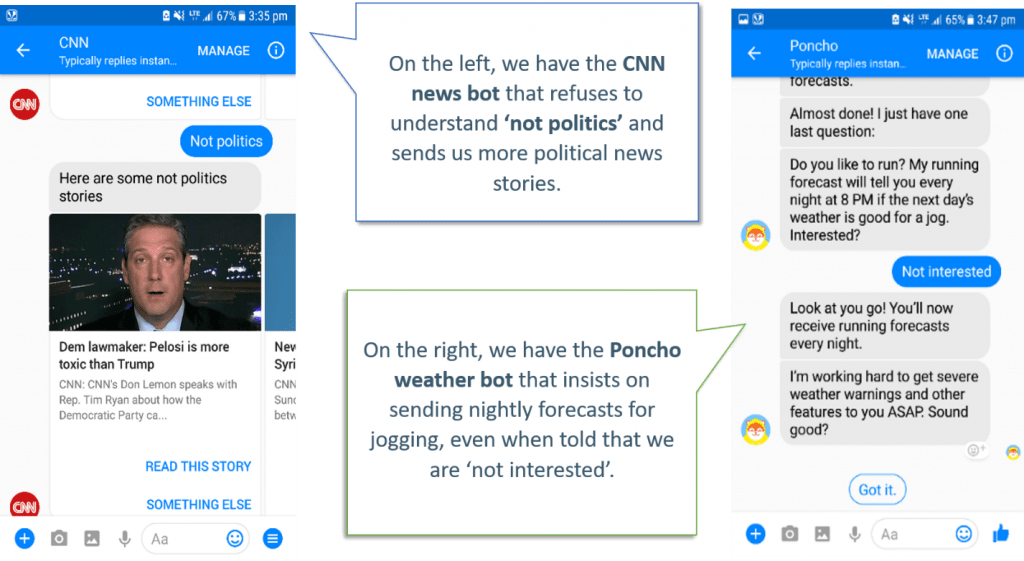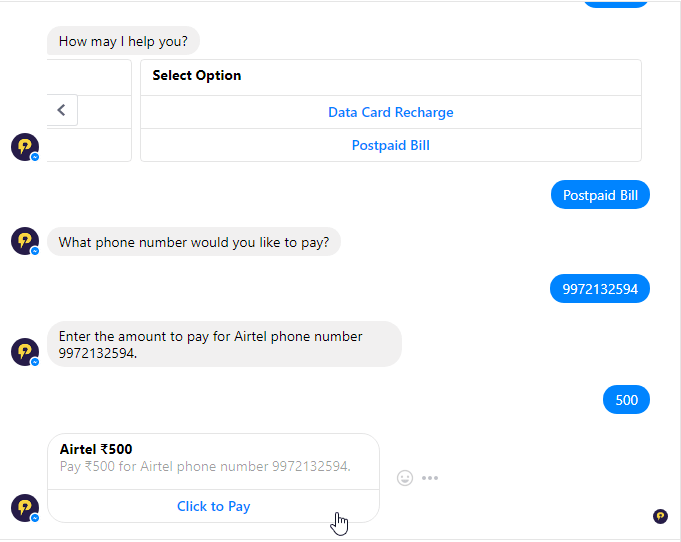The Batman vs Superman battle continues, but this time in the realm of chatbots.
The dark knight is admired by many as he is the superhero sans any superpowers. He can’t fly, he doesn’t have immeasurable strength. But what he does have – excellent deduction skills, martial arts prowess and of course, tons of money. And in today’s world, Batman can exist.
Superman, on the other hand, is an extra-terrestrial messiah, who has extraordinary strength and can fly around (no thanks to the cape).
And when we take this analogy to chatbots, Batman is our trusted Retrieval model chatbot, while Superman is the Generative model.
We spoke about chatbots in our previous post, Chatbots – a botched play or a game changer?, and in this post, we dive a bit deeper.
Now what are retrieval and generative models?
Retrieval Chatbots
Retrieval chatbots can be understood in the form of a database and queries. There are scripted answers to scripted or near scripted questions. Let’s take an example.
Josh – the book recommending bot
Josh is a virtual assistant bot that suggests books depending on the genre entered by the user. Ben wants to gift his 9-year old niece a book. Watch how Ben (the user) interacts with Josh.
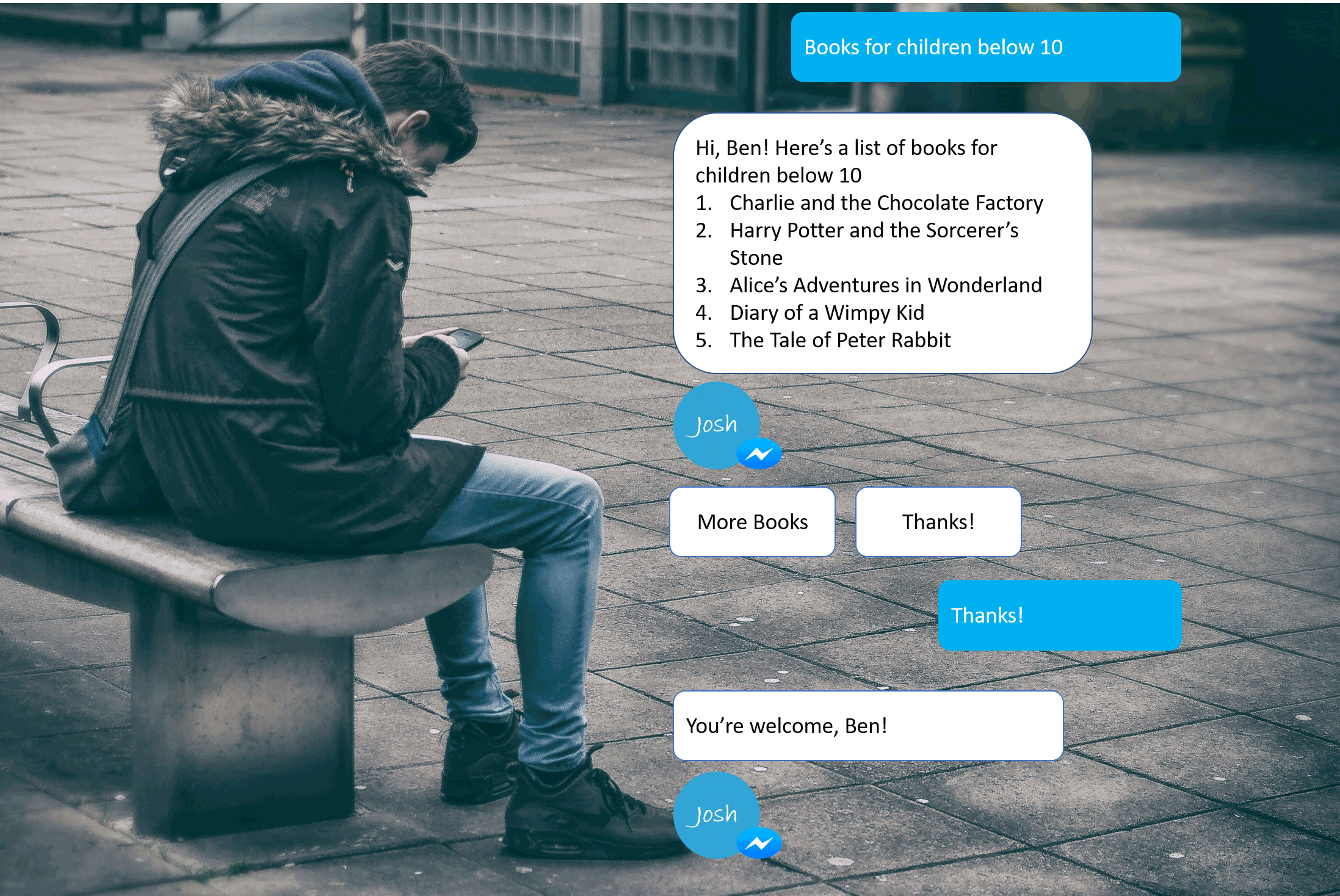
Here, the chatbot is retrieving titles as per the genres listed in its database and suggesting books to the user. This is a matching mechanism at work. A query is fired and that fetches a response from the database. Easy, peasy.
But many bots are failing this spectacularly, by not being able to tackle out of syllabus questions. Or not being able to empathize, to understand sarcasm or the worst of all, irony.
Retrieval bots are slowly improving and with breakthroughs in NLP, we might just be able to make them work better.
Generative Chatbots are different in the sense that they don’t follow the script. They communicate with human users and learn to think on their feet and offer new lines.
Alice is an excellent example of an artificial intelligence bot that can have a fairly reasonable conversation with humans. No wonder, Alice won the Loebner prize thrice! Apple’s Siri is another amazing goal-based dialog agent. But these agents follow given heuristic patterns. Generative chatbots are those that use probabilistic techniques on existing data and create new lines. Deep Neural Network is the breakthrough technology that is helping shape generative chatbots, such as the LnH.
A Twitterbot , the LnH: The Band can compose on-demand new music based on the genre entered by the user. It has created 700 such new songs!
Let’s now look at another example of generative chatbots – Microsoft Tay. Tay, for those who aren’t aware, was the conversational AI chatbot that interacted with Twitter users and learnt with each tweet. It generated new content on its own, depending on what was tweeted to it. It was going pretty well, until people started training it to post racist comments.
A timeline view of Tay going from angelic to NSFW:
“Tay” went from “humans are super cool” to full nazi in <24 hrs and I’m not at all concerned about the future of AI pic.twitter.com/xuGi1u9S1A
— gerry (@geraldmellor) March 24, 2016
It becomes especially difficult when the chatbot has an open domain setting, that is, in the absence of a very specific goal. The chatbot cannot be programmed for just a few keywords and must communicate intelligently with the human on a larger set of topics. It sounds impossible, but research on deep learning is still on to make generative models work. The who’s who of the tech world – Google, Facebook, IBM and Microsoft – is piling up billions of dollars to solve the question mystifying us all – intelligence.
What chatbot should my business adopt?
It may seem like a fire or frying pan situation as Generative Chatbots are unpredictable and Retrieval Chatbots don’t know to handle irregular situations. So, the best solution, that businesses ideally ought to follow are a combination of Retrieval and Generative chatbots. Superman and Batman combined?
Excellent deduction plus massive strength?
Since that may be awhile in the oven, businesses are now going the retrieval mode. We looked at some of the top businesses out there using retrieval chatbots:
A renowned name in luxury fashion, they spare no expense for their bot, the Burberry Messenger Bot, either. Users can enter product keywords and browse through new products.
The chatbot displays a teaser video and provides a key button to touch. This speaks volumes of how the brand is trying to increase the bot’s appeal and thereby enhance customer engagement.
2. Dominos
A bigshot in the fast-food industry, Dominos helps its customers order pizzas using its chatbot for door delivery and carryout. The customer can now order via the Messenger chatbot and just pick up the order from the outlet when it is ready. The bot also offers order tracking facilities so that you don’t need to keep calling the delivery guy a hundred times.
3. Ebay
Conversational Commerce anyone? Ebay is on Messenger now, and it offers personal shopping assistance in the form of ShopBot.
Batman, that is, retrieval chatbot seems to be a safe bet – it is trained to answer specific questions and achieve a specific goal. You can be assured of not finding any grammatical errors, but be ready to face some annoyed customers when they at times it prompts “I am unable to understand that.”, or something of that sort. Retrieval chatbots do not yet possess artificial intelligence and it may seem like ‘the person is there but the lights are dim’. But the most important point is that they can be trained better using NLP and Machine Learning. Generative Chatbots are still not there yet. The work is on, and we are on the brink of technological advancements that can make these chatbots come alive with intelligence of their own.
At AgilizTech, we believe that chatbots are going to be the medium of B2C and B2B conversation in the near future. We’re exploring this exciting new realm of possibilities and are gearing up to leverage AI and Machine Learning to build revolutionary chatbots.
